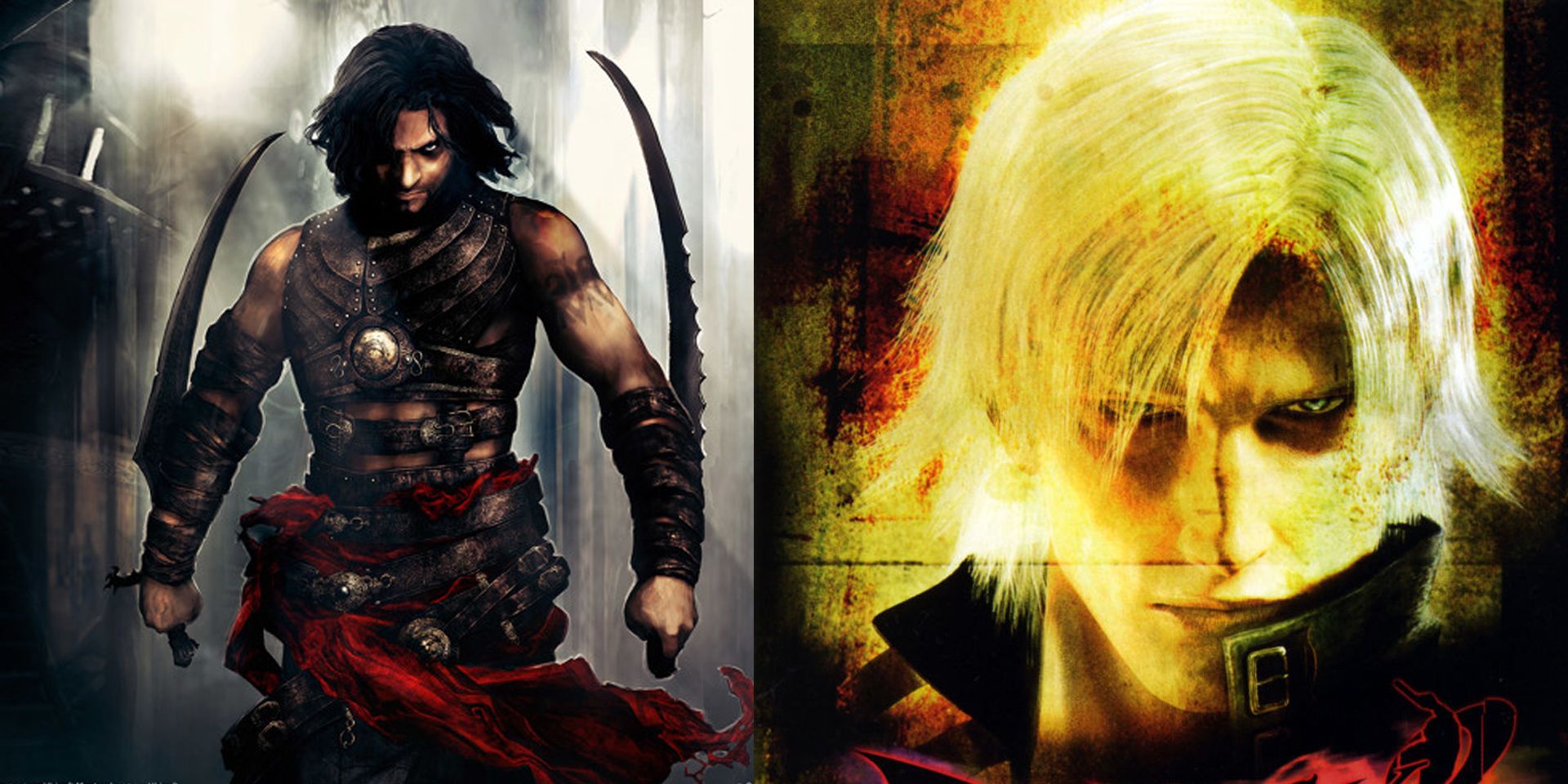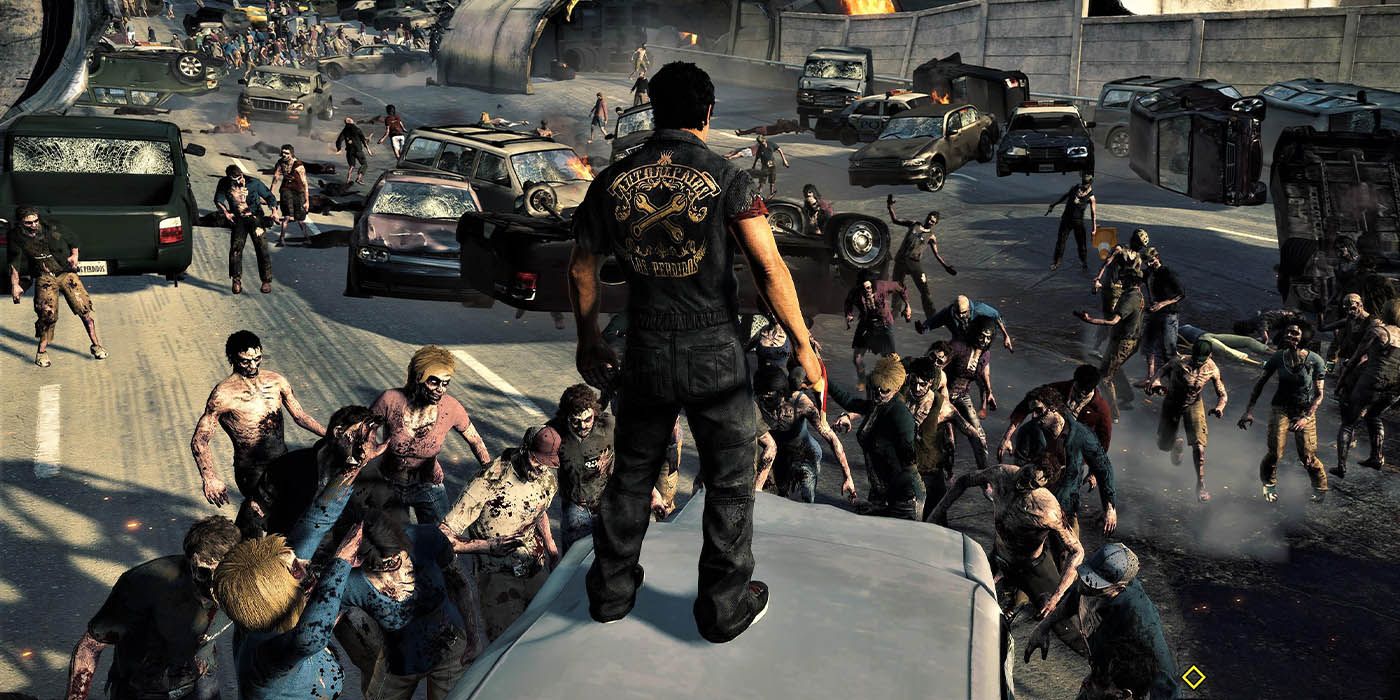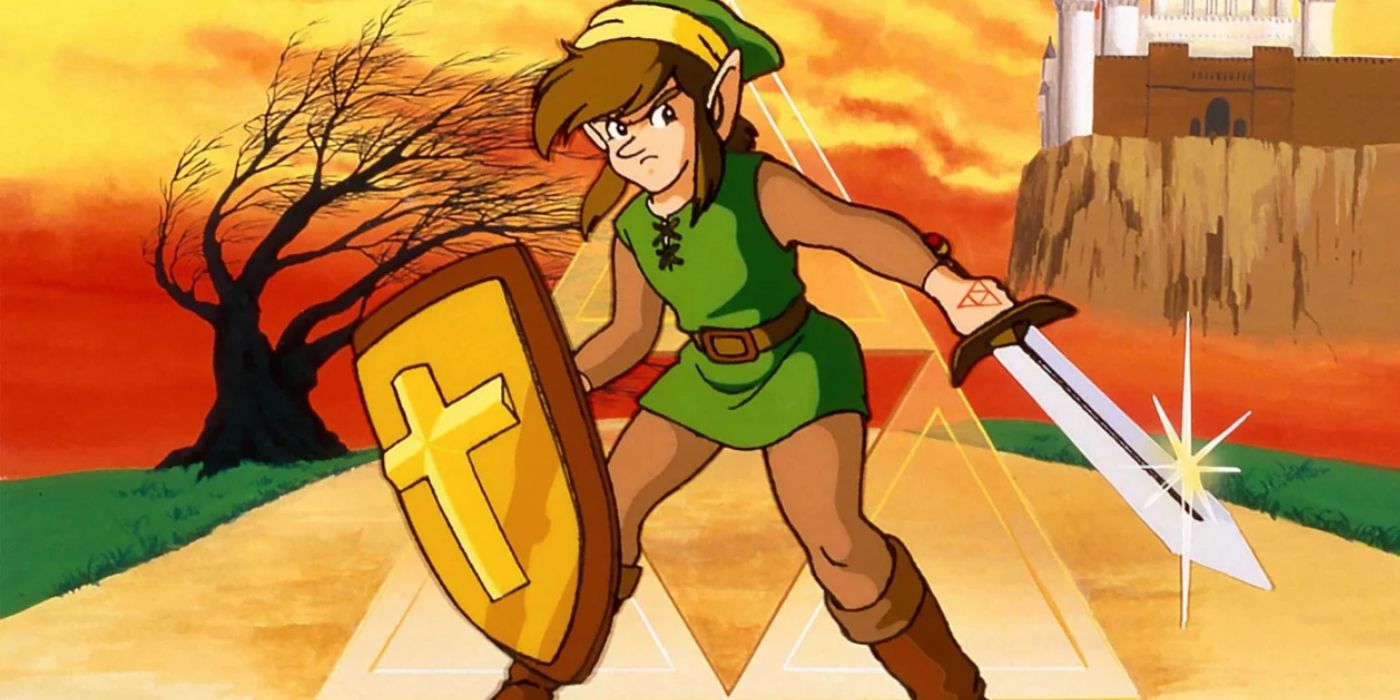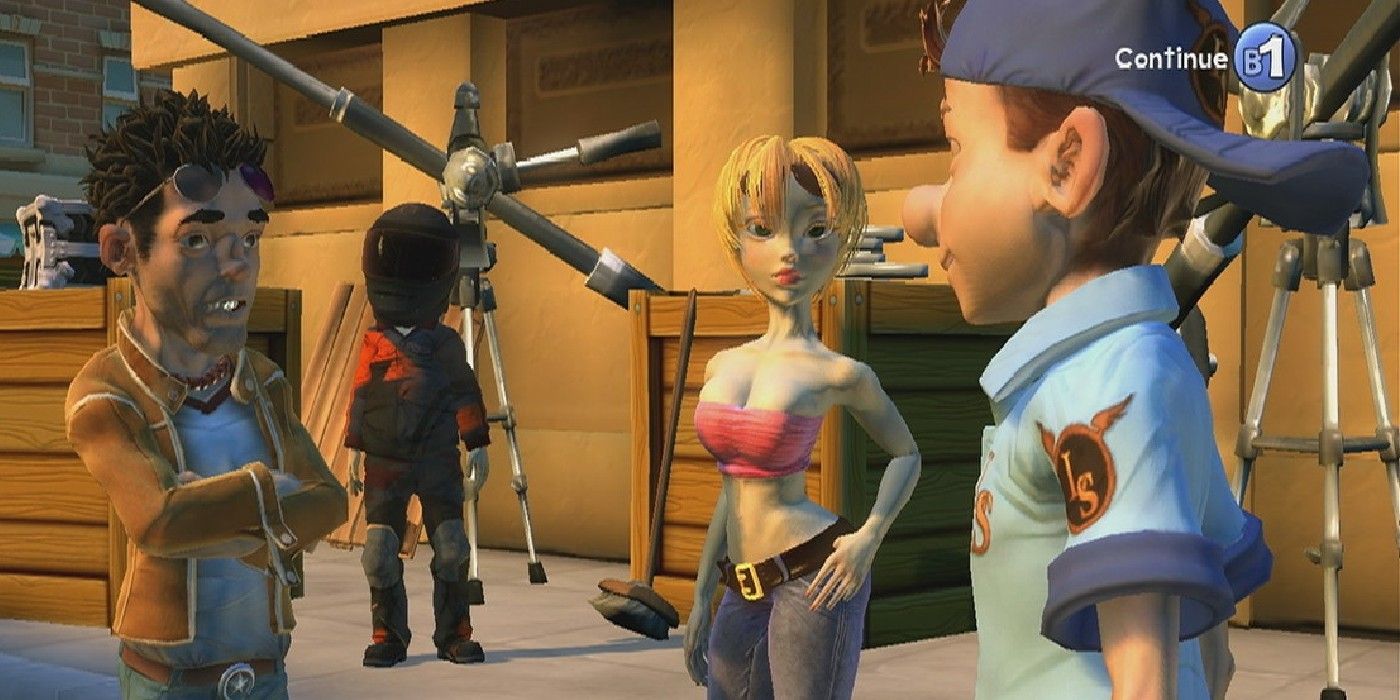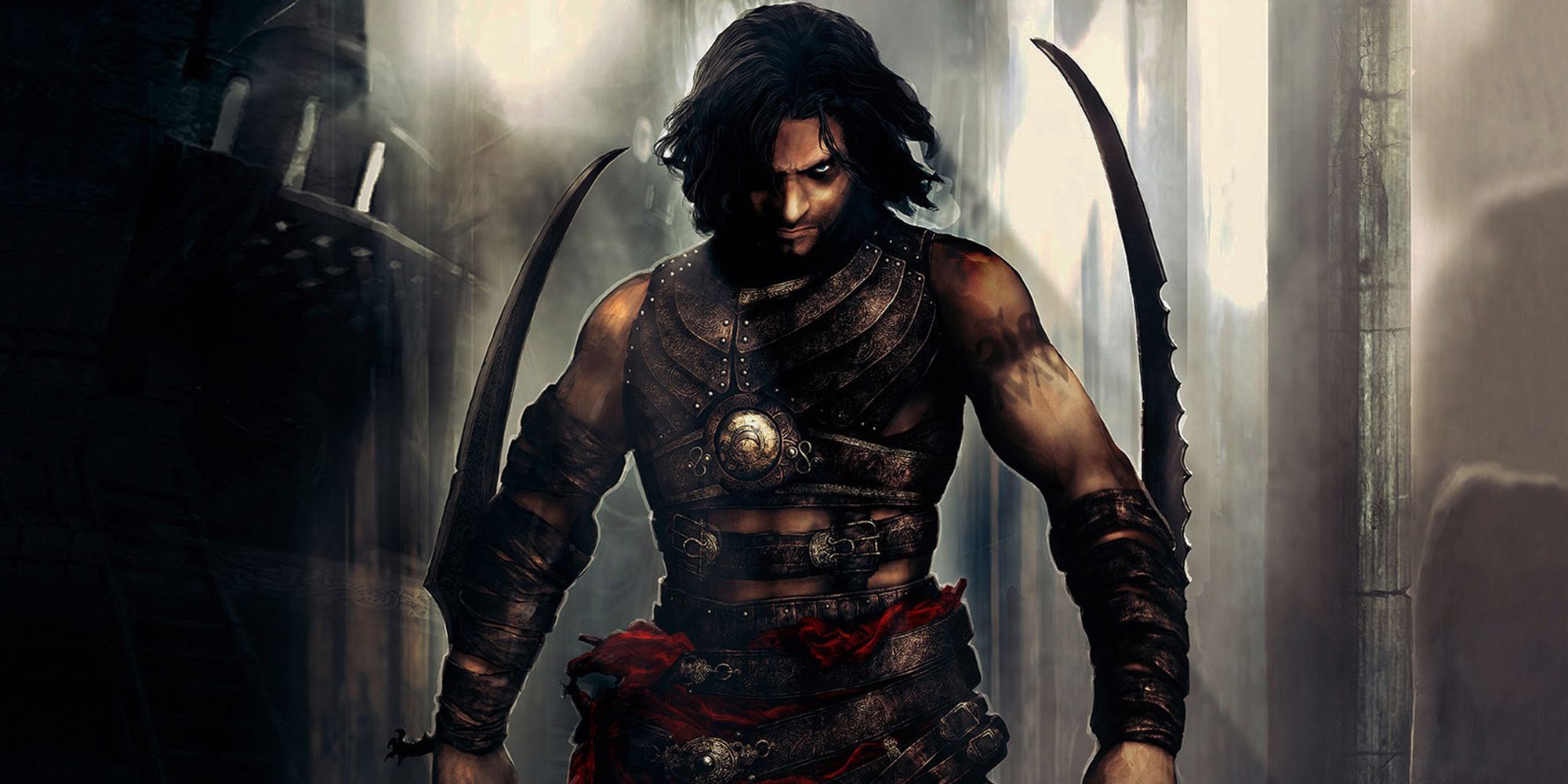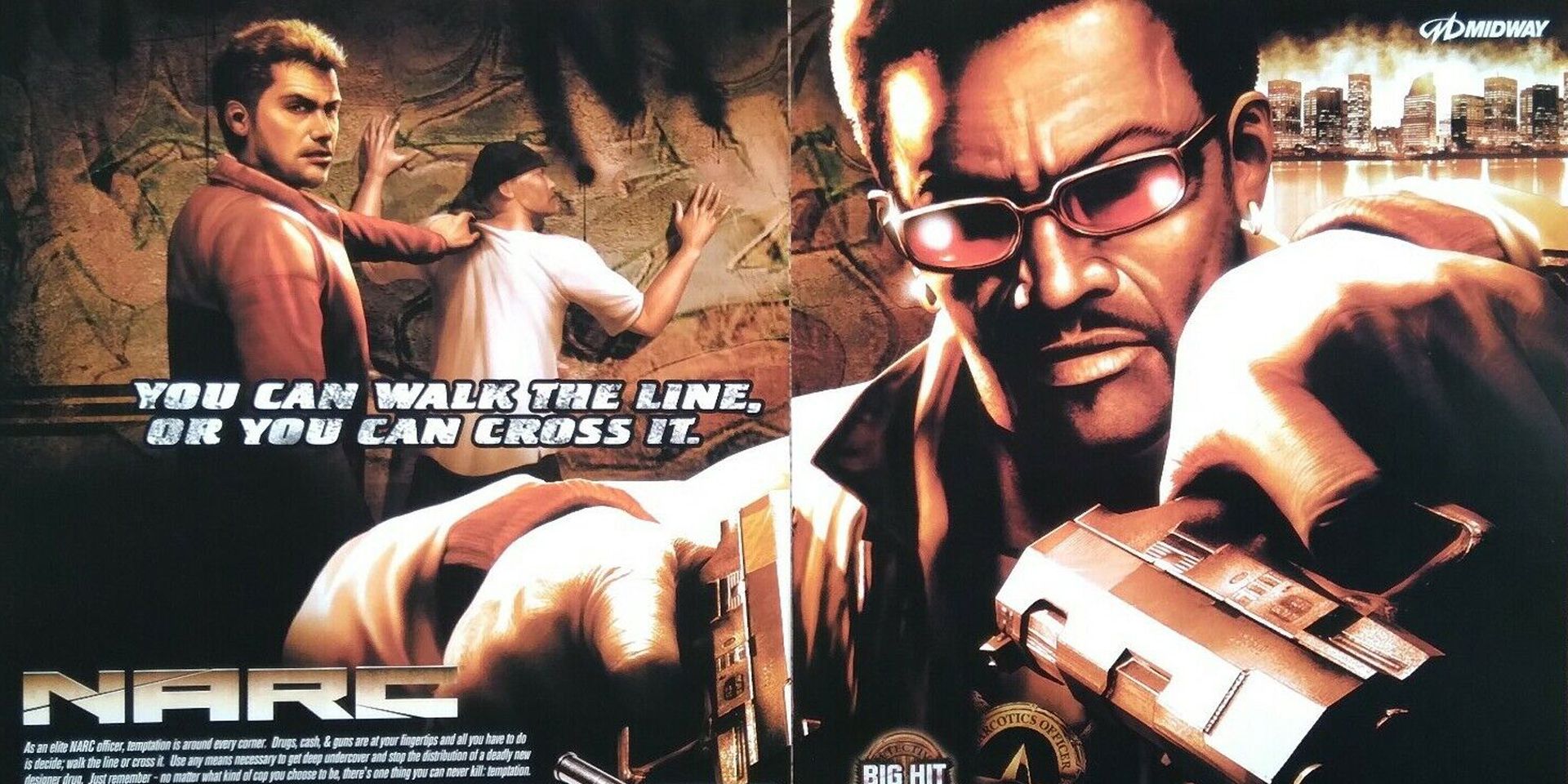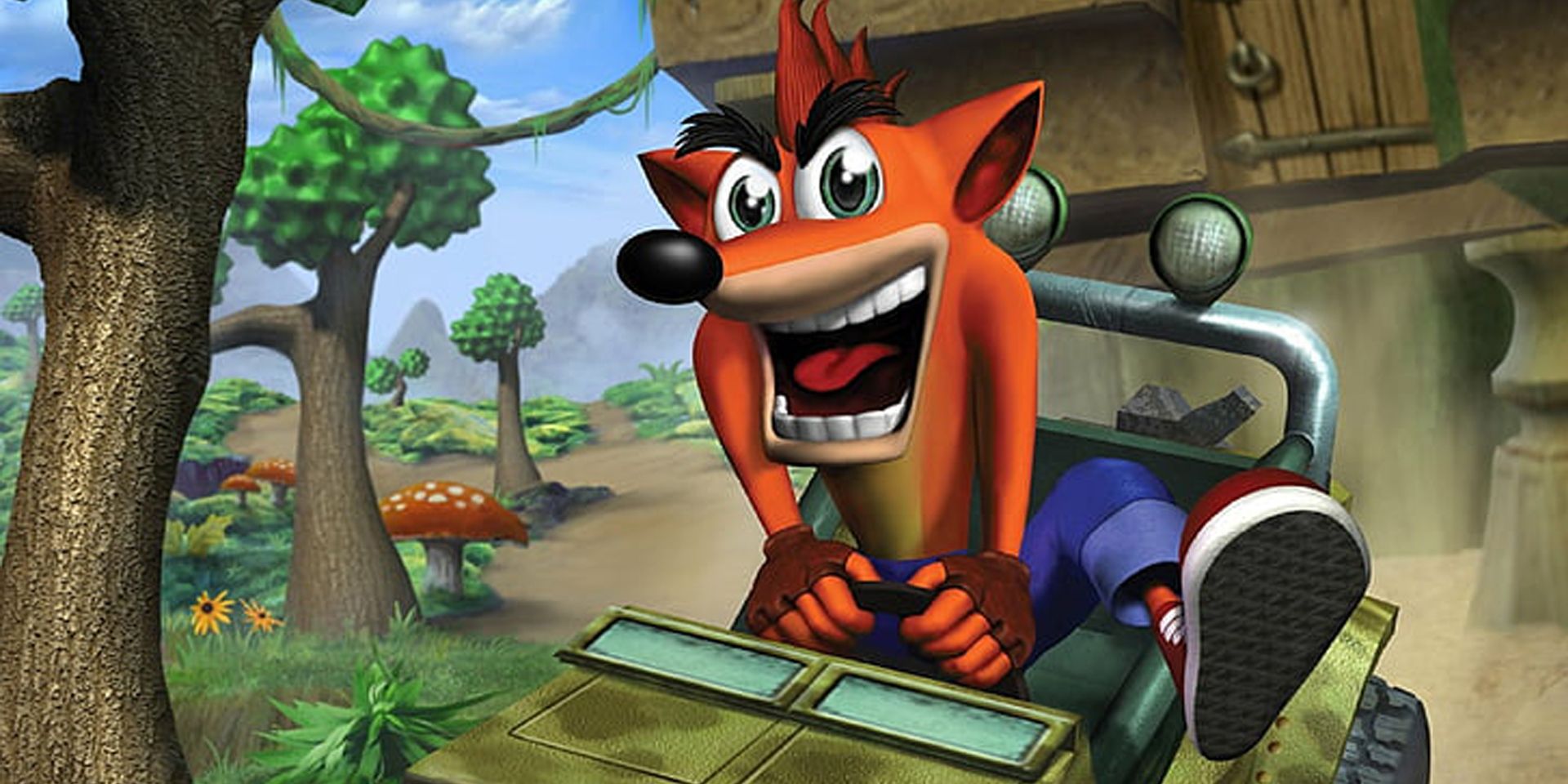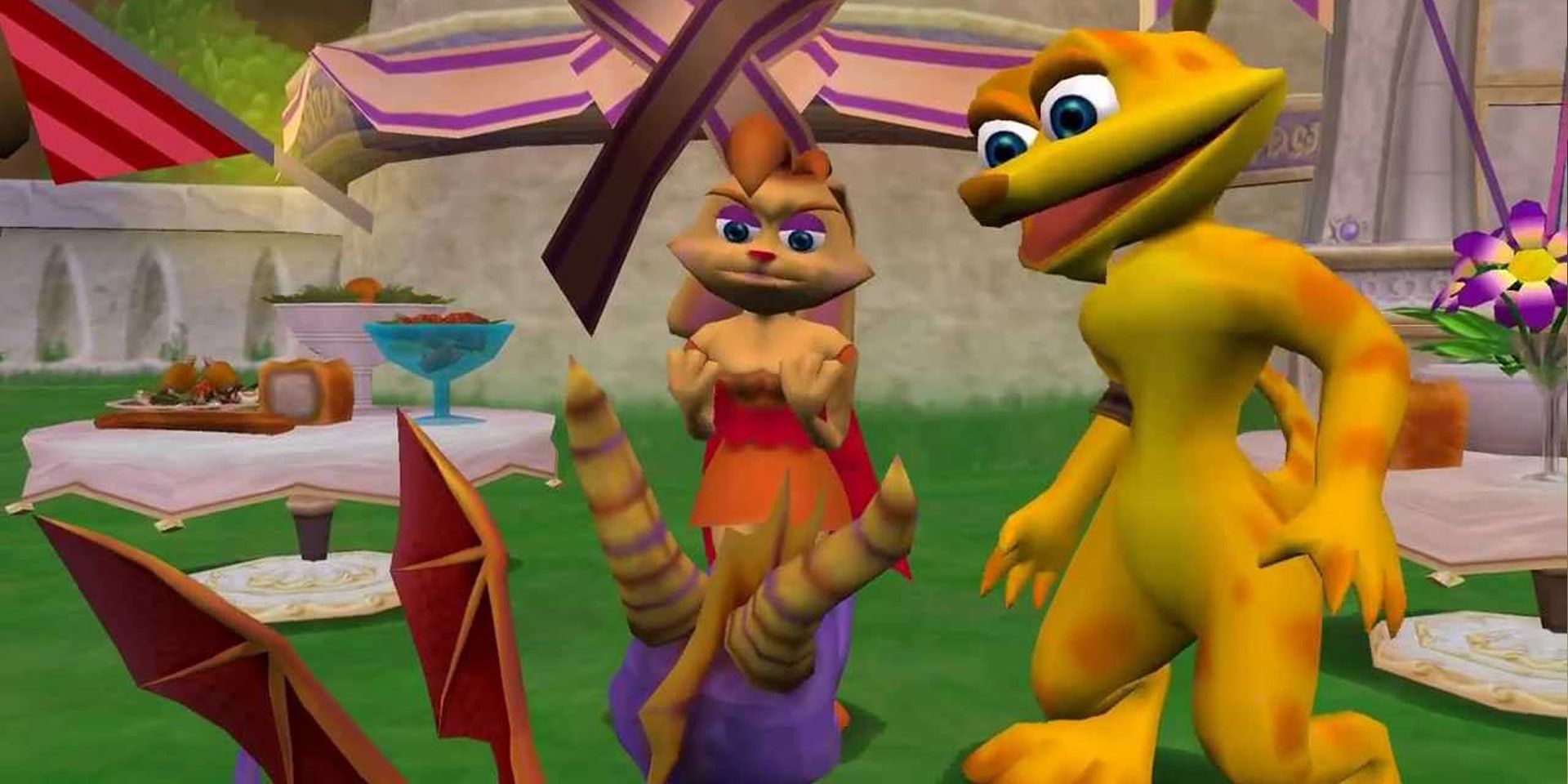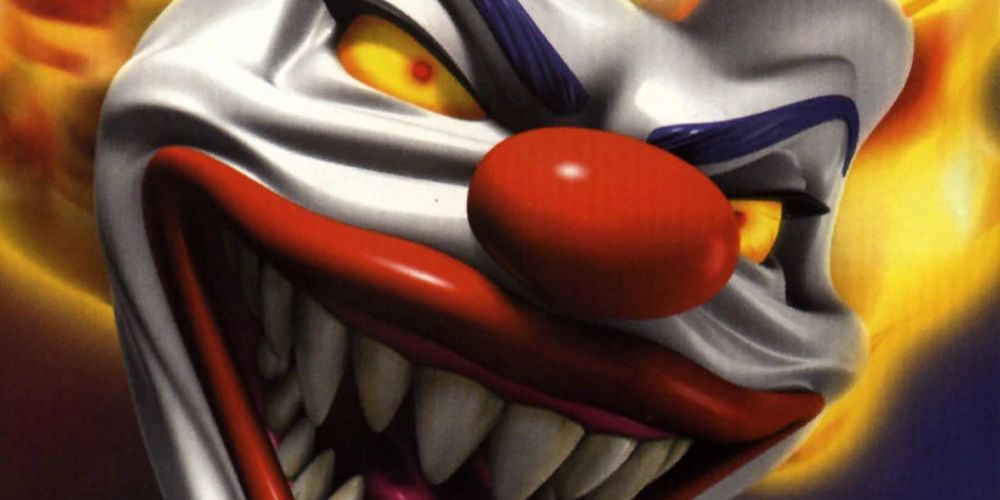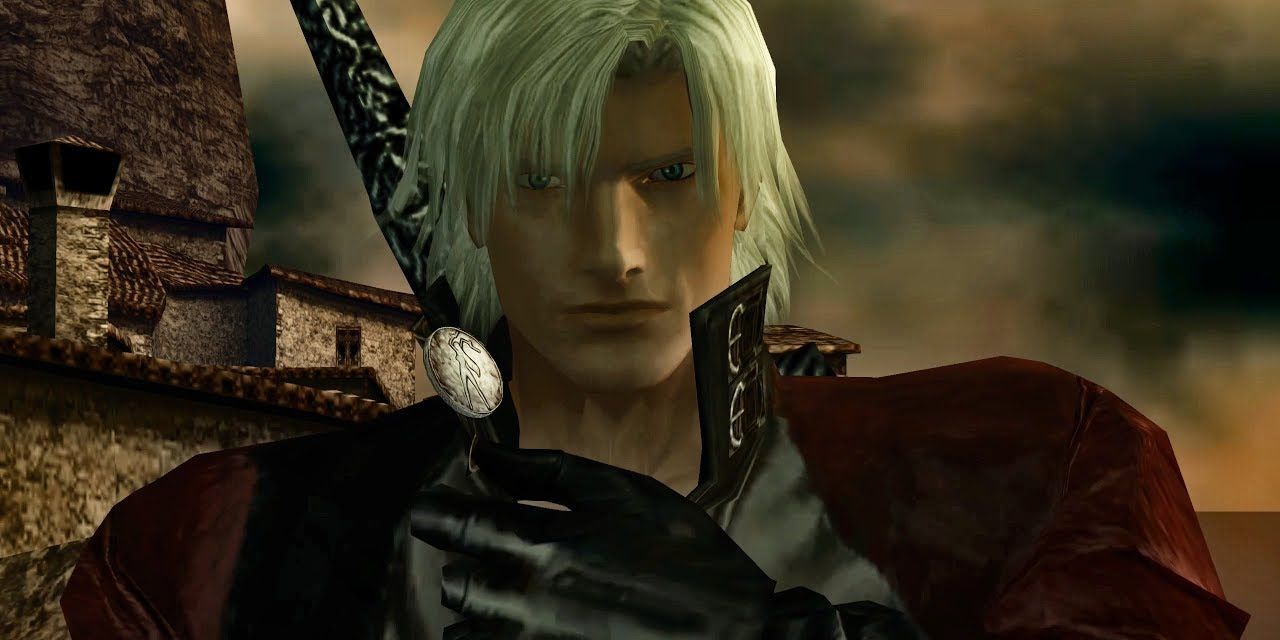Sequels are tricky – no matter what medium they're made in. However, because of their interactive nature, they tend to fare much better in gaming. Unfortunately, for every phenomenal sequel, such as Half-Life 2, several underwhelming follow-ups fail to live up to the original. This more than often tends to happen when the original creative force has no involvement.
Many factors can result in this loss of creative control. Sometimes the original staff wants more time to refine the sequel, but the publishers aren't willing to shift the deadline. Other times, the creators' intentions are completely at odds with the whims of the bean counters. Whatever the reason, these are the sequels and follow-ups lambasted by the original creators.
10 Ultima VIII: Pagan
The Ultima games from Origin revolutionized video game RPGs. The first seven numerical installments were lauded by fans and critics for breaking boundaries in hardware, narrative, and mechanics. Unfortunately, the series fell into a major cold streak when the company joined EA.
Ultima VIII would take the Avatar to the corrupted land of Pagan and force him to commit morally dubious actions to save Britannia. The game was panned for its lack of RPG mechanics and overreliance on platforming. Creator Richard Garriott admitted that he was disappointed with how the final release of Pagan turned out.
9 Dead Rising 3
Shortly after the success of Dead Rising 2, series creator Keji Inafune departed from Capcom, while Canadian studio Blue Castle Games was given the keys to the franchise. Renamed Capcom Vancouver, the studio took the series into a darker and gritter direction with Dead Rising 3.
Gone was much of the color and humor juxtaposing the zombie killings in prior games. When asked about this change, Inafune stated that it wasn't quite the direction he would have taken the series. Unfortunately, development woes with the next entries would eventually sink Capcom Vancouver.
8 The Legend of Zelda II: Adventure of Link
The Legend of Zelda II: Adventure of Link took on a considerable amount of changes from its predecessor. While the overworld retained the original's top-down perspective, the game would shift to a side-scrolling view in the dungeons. The game also incorporated several PRG mechanics, such as leveling up and random battles.
Fans and critics were polarized over the design changes and the game's brutal difficulty. Series creator Shigeru Miyamoto has expressed his disappointment with the final release, while Subsequent Zelda titles would return to the formula established in the original.
7 The Leisure Suit Larry Games Not Made By Al Lowe
Much of the humor in the original Leisure Suit Larry games may not stand to scrutiny to more modern audiences, but they at least knew that their lecherous protagonist was meant to be laughed AT, not WITH. This is a mistake that the later Larry games made with Magna Cum Laude and Box Office Bust.
The games shifted the focus to Larry's nephew (also named Larry), and doubled down on the raunchy content that merely peppered the prior titles. Series creator Al Lowe had no part in either of these installments and disavowed them on his website.
6 Prince Of Persia Warrior Within
Series creators Jordan Mechner and Patrice Desilets successfully revived the Prince of Persia franchise with Sands of Time. Unfortunately, neither was involved in the game's sequel, as the former was busy pitching a film adaptation while the latter was working on what would eventually become Assassin's Creed.
In response to the previous game's relatively low sales, Warrior Within went in an ill-fitting darker, and edgier direction, which jettisoned the Arabian Nights atmosphere and turned the Prince into a snarling meathead with no regard for anyone else. Mechner disapproved of the shift, stating, "The story, character, dialog, voice acting, and visual style were not to my taste."
5 Narc 2005
The original NARC was an over-the-top run and gun known for its exaggerated bloodshed and digitized graphics. It came out during the height of the "Just Say No" campaign of the 80s and 90s, but the game's tone was purely farcical – featuring a drug kingpin that was a giant disfigured head, and prompting victorious players to "contact your local DEA recruiter."
In contrast, the 2005 iteration tried desperately to chase the lucrative GTA bandwagon to disastrous results. Original designer Eugine Jarvis was critical of the reboot, stating, "My apologies to any fans of the original who wasted their stash on this dog."
4 The Post-Naughty Dog Crash Bandicoot Games
Dissatisfied with their partnership with Universal, Naughty Dog signed an exclusivity agreement with Sony and moved on to greener pastures. Unfortunately, the bandicoot who made the developer a household name had to be left behind. Not content with letting the series bow out gracefully, Universal sullied Crash's good name with several titles from different studios.
When asked about the post-Naughty Dog Crash Bandicoot titles, co-founder Andy Gavin remarked, "I try not to look at anything Crash related after Crash Bash." Co-founder Jason Rubin stated that Naughty Dog would have continued on the series had they retained the rights.
3 The Post-Insomniac Spyro Games
Much like Naughty Dog, Insomniac would partner up with Sony and lose their platforming mascot to Universal Interactive Studios in the process. Because of this, the purple dragon's games saw a noticeable dip in quality. Year of the Dragonfly was panned for its many glitches, while A Hero's Tail failed to evolve the formula meaningfully.
The series would see a reboot under the Legend of Spyro trilogy, but not even the vocal talents of Elijah Wood could save it from mediocrity. Insomniac CEO Ted Price voiced his displeasure over the subsequent Spyro titles, but did profess to enjoying the Skylanders games.
2 Twisted Metal III and 4
After the success of Twisted Metal 2, developer Singletrac was bought out by publisher GT Interactive. This would effectively prohibit them from working on the series that they had created. As a result, Sony would delegate the sequels to a division within Los Angeles known as 989 Studios.
Unfortunately, both III and 4 were met with a considerably colder reception from fans and critics. Producer Scott Campbell described his reaction to these titles as "What have you done with our baby?" David Jaffe was also critical, singling out their depiction of the killer clown character Sweet Tooth.
1 Devil May Cry 2
Hideki Kamiya's team paved the way for the hack-and-slash genre with the landmark title Devil May Cry. However, for some inexplicable reason, Capcom delegated the sequel's development to a completely different team within the company. Taking feedback from fans of the first game, the sequel would tone down the difficulty and make the environments much larger.
Unfortunately, the game suffered a troubled development, culminating in the dismissal of its original director. Hideaki Itsuno tried his best to salvage the game, but addressing every issue was far too late. Kamiya commended Itsuno's efforts, but nonetheless found the sequel wanting.

